We are inside of Keith Tolch’s brain. As in, strolling all over.
It is a futuristic landscape, a maze of vacant rooms with soaring ceilings and glowing, neon-lit flooring, all the things bathed in an ‘80s-period palette of screaming-pink, orange and lime eco-friendly. Random objects — a deconstructed 1967 Mustang, glass cubes brimming with swirly paint markings, sensitive pencil drawings of butterflies and roosters — float by.
But, wait around. Disrobed of the plastic, padded headset, we are essentially in a gleaming Eagle Rock warehouse, a former auto entire body restore shop-turned-artists’ studio, and Tolch is perched at the rear of a laptop console, beaming.
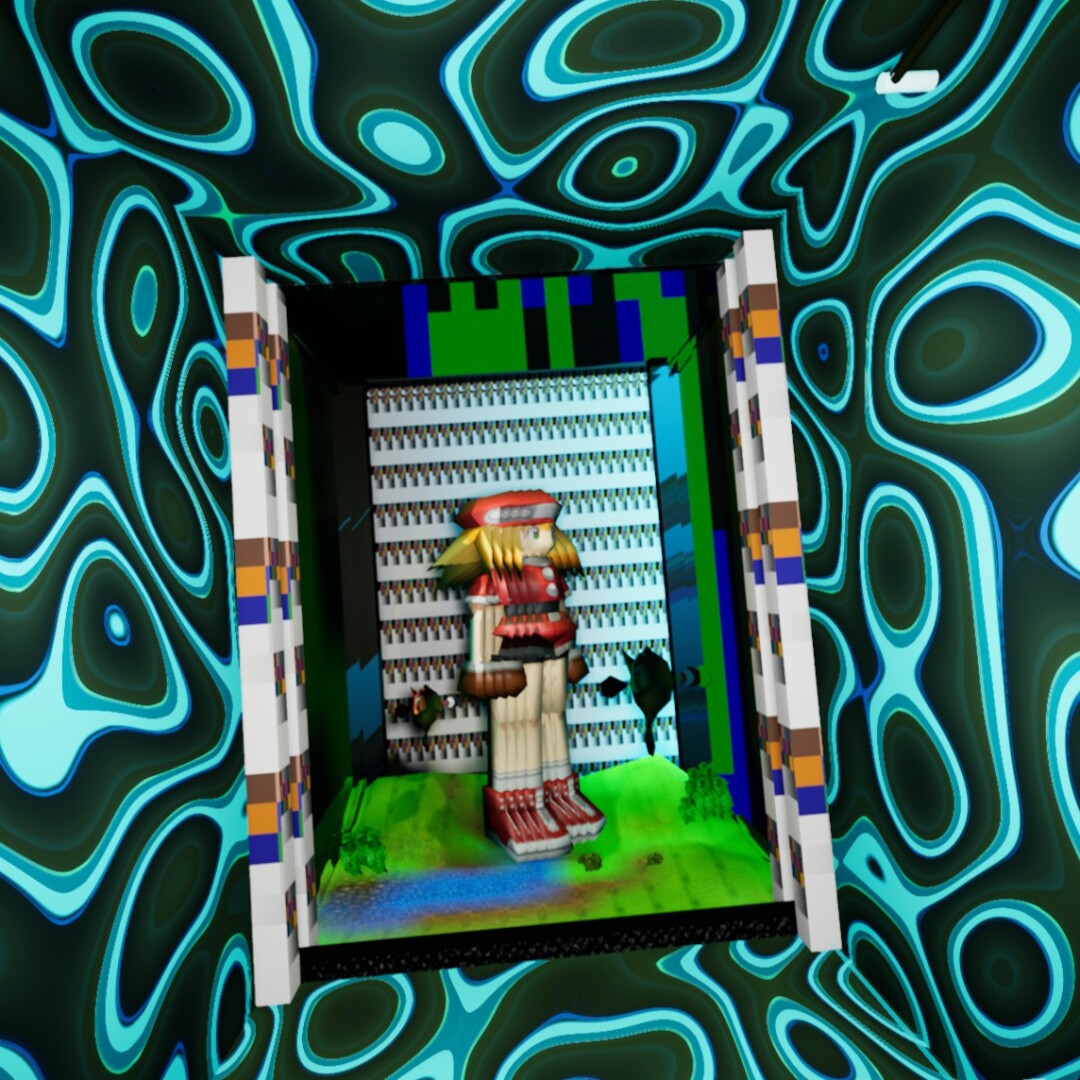
A still from artist Keith Tolch’s interactive, virtual fact artwork, “Glass Base Mind,” generated at Artwork Reality Studio.
(Courtesy, Keith Tolch)
His piece, “Glass Base Mind,” is an interactive, virtual fact artwork — indicating viewers don a large-resolution headset and descend into an immersive, 3-D electronic atmosphere in which they can navigate by means of bits and parts of Tolch’s subconscious. He produced the piece with expensive point out-of-the-art laptop products, but Tolch didn’t make investments a cent. The job was paid for, organized by and afterwards exhibited by Artwork Reality Studio, a nonprofit firm that is outfitting present-day artists with VR engineering toward pushing resourceful boundaries. It sees by itself as an incubation lab for cutting-edge creativeness and asks the dilemma: “What if?”
“What takes place when artists are offered cutting-edge engineering, no strings attached?,” says ARS co-founder Frank Masi. “We wanna see how far they’ll take it.”
The firm, which formed about 2½ decades in the past, is a afterwards-in-lifestyle job from Masi, a 77-yr-previous photographer and retired theme park attraction job director and Brent Imai, a 61-yr-previous former athletics television govt and entrepreneur.

A still from Keith Tolch’s VR artwork, “Glass Base Brain”: “An architectural, biological atmosphere that you can stroll all over in and look at all these artifacts from my earlier.”
(Keith Tolch)
“Technology is this sort of an vital aspect of society,” says Imai. “It can be really, really superior, it can be really, really poor. We thought: ‘Let’s have artists weigh in on that dialogue.’”
Digital fact engineering has been all over for decades and frequently pops up in video online games, at theme parks and in other “experiential leisure,” usually located at malls. Fantastic artists have been slower to adopt the engineering, which is expensive and can be overwhelming to master how to use for individuals who are not laptop-savvy. But that is started to adjust.

Frank Masi, left, and Brent Imai, co-founders of Artwork Reality Studio.
(Gabriella Angotti-Jones)
Artists Paul McCarthy, Jordan Wolfson and Jon Rafman confirmed VR functions in the 2017 Venice Biennale, 2017 Whitney Biennial and 2016 Berlin Biennale, respectively Laurie Anderson and Taiwanese new media artist Hsin-Chien Huang confirmed new VR installations in the course of the Cannes Film Pageant in May.
Warmth all over VR has caught on in the museum planet: former Moderna Museet director Daniel Birnbaum left his occupation at the Stockholm establishment very last yr to head up the London-centered art and tech studio Acute Artwork, which has produced VR functions with Jeff Koons and Marina Abramovic. Even in the general public art realm, L.A. artist Nancy Baker Cahill exhibited VR functions on electronic billboards along Sunset Boulevard in 2018.
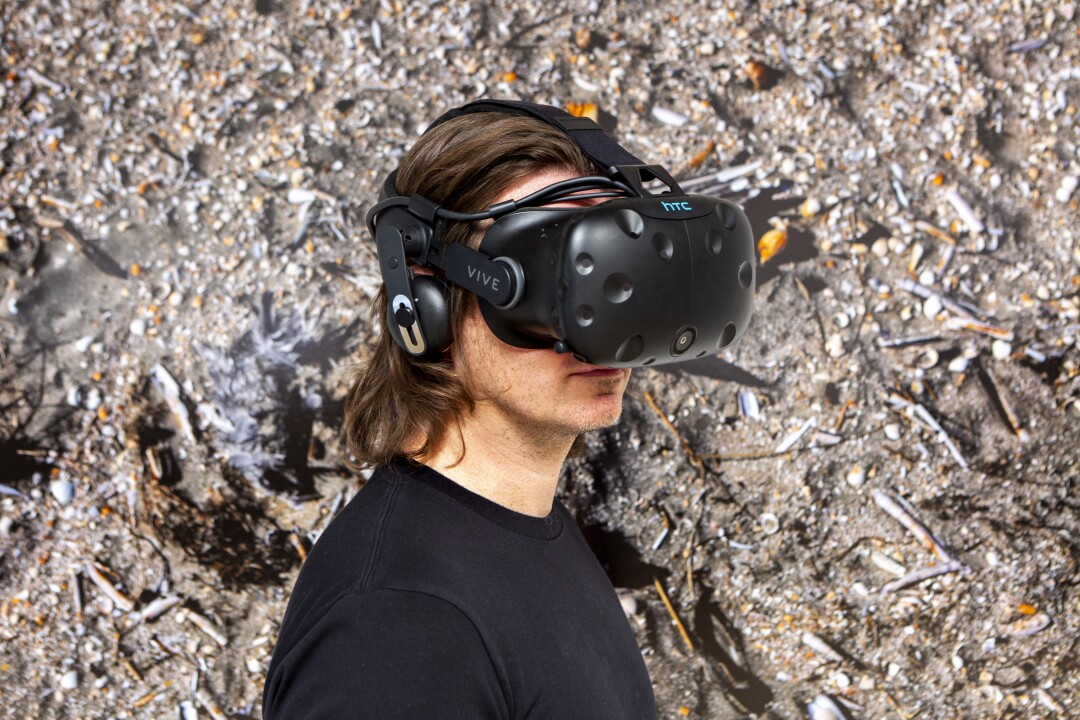
Keith Tolch at Artwork Reality Studio in Eagle Rock. The artist says he produced a virtual fact space influenced by his reminiscences, inadvertently mapping out his brain.
(Gabriella Angotti-Jones)
And in the course of the coronavirus outbreak, as lifestyle hubs are shuttered and hungry art lovers shelter at residence, virtual fact art-viewing at museums — and art-shopping for at galleries — has taken off.
Digital fact, however, is still a secret to much of the present-day art establishment and there’s still a slew of unanswered concerns about how to exhibit, collect and monetize VR art. Is there a amassing market for it? How do you price tag the functions? How would collectors show VR functions in their residences? Are the functions originals or aspect of a confined edition? What is to avert a person from reproducing or reselling a work made with software and code as opposed to paint and canvas? And, eventually: What would make it art as opposed to laptop programming?
LACMA curator Britt Salvesen, who organized the museum’s “3D: Double Vision” exhibition very last yr, concerns the longevity of VR artworks: “How do you maintain, refresh and sustain this sort of functions when the components and software is inevitably normally altering? And if you bought a VR work now, would you be equipped to watch it in 2025 — would the devices still work?”
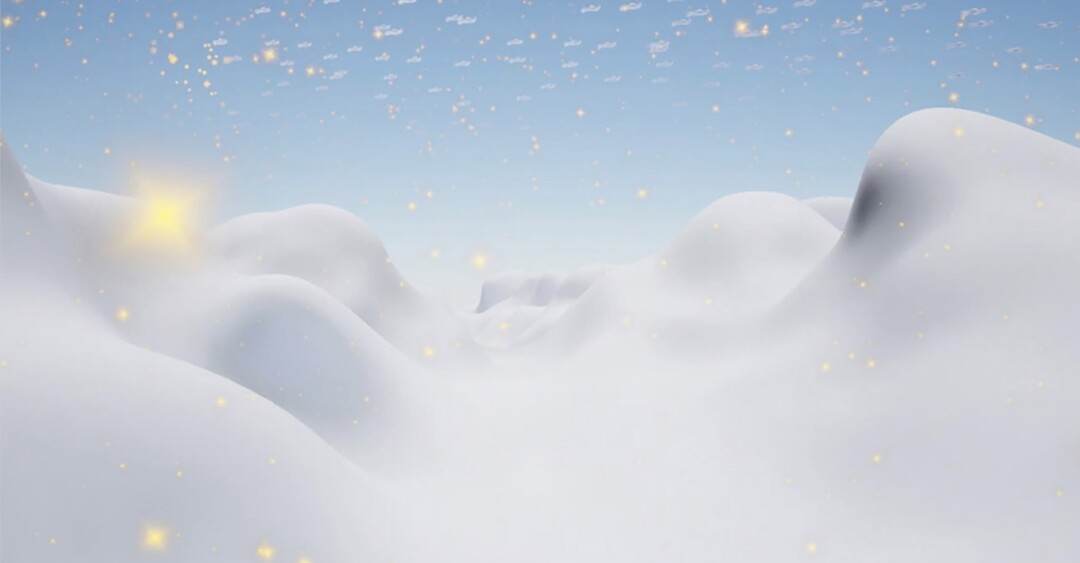
A still from Joe Sola’s virtual fact artwork, “Changing Home,” which he generated in collaboration with Artwork Reality Studio.
(Joe Sola and Honor Fraser gallery)
Masi and Imai hope, if not to response all of these concerns, then to wade all over in them for a when. The two fulfilled about four decades in the past at a Los Angeles County Museum of Artwork patron group function prior to hatching the notion for ARS. Their enterprise design is not unlike that of the L.A.-centered artists’ workshop and great art lithography publisher Gemini G.E.L., which starting in the 1960s and ’70s facilitated experimentation amid artists, exhibited and bought their work and aided gas a nationwide printmaking revival in the method.
In its place of ink, paper and metal presses, however, ARS presents artists with VR “rigs” — large-close desktops outfitted with VR software, show monitors, headsets, wall sensors and fobs — which operate about $ten,000 apiece. And ARS — which hasn’t bought anything nevertheless and is funded by Masi and Imai (but for just one products donation valuing $five,000) — says it does not intend to take a reduce of gross sales of the functions, which are creator-owned.
“It’s really a philanthropic issue for us,” Imai says. “I gave a very little little bit of cash to [neighborhood museums] but I understood: They never really want my very little cash, I’m not Eli Wide that can really make a distinction. I wished to do a little something that was extra immediate, with the artists.”
ARS financial loans the VR rigs to its artists, who maintain them at their residences or studios for as extended as they want to end the work Tolch stored his extra than a yr when educating himself to use the recreation motor software by means of on the net tutorials. ARS then shows the new VR work at its studio, or it facilitates an exhibition at a gallery or an additional art space.
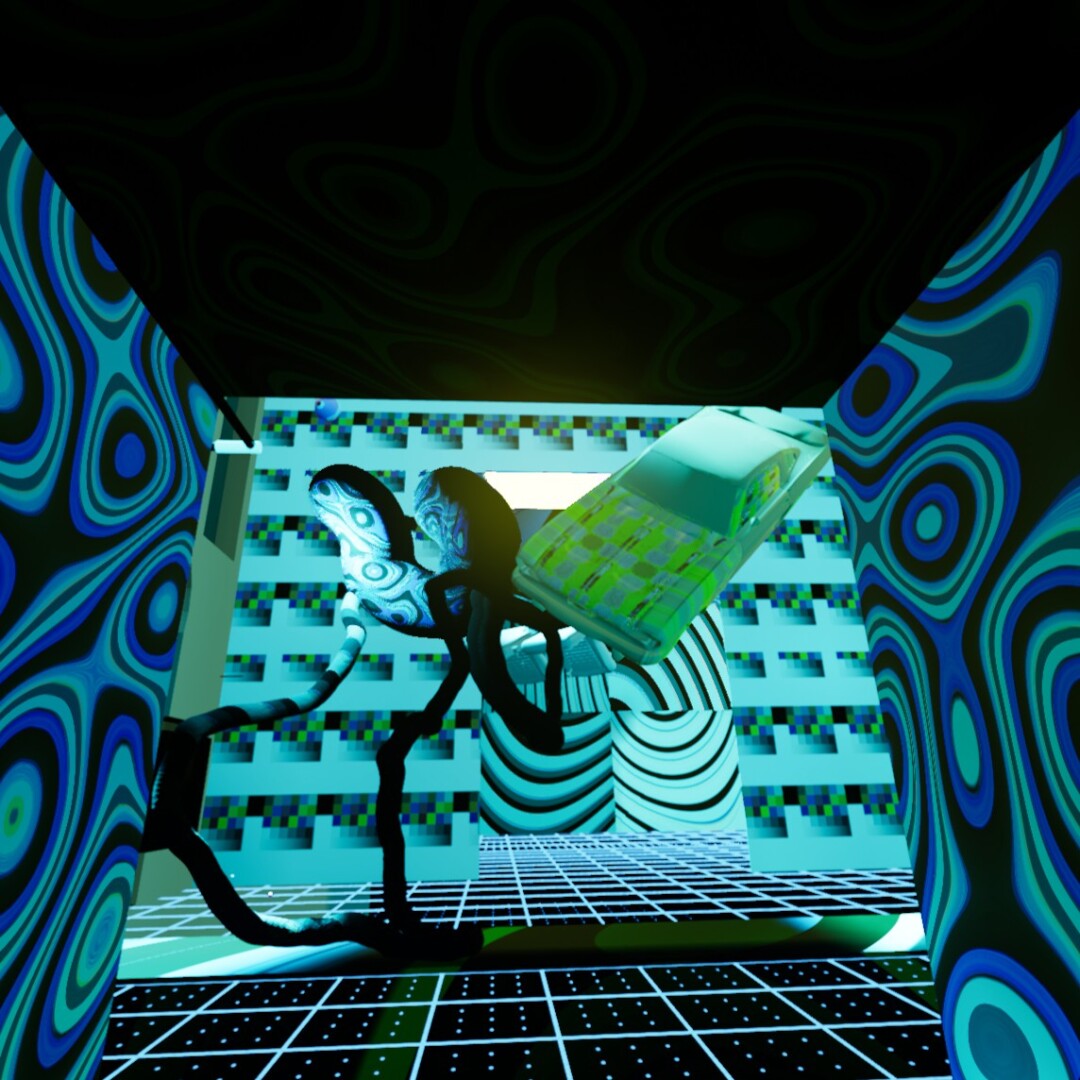
Artist Keith Tolch says doing work in VR authorized him to get deeply particular, to “explore my identity and my heritage that I’m not really crystal clear on.”
(Keith Tolch)
Tolch confirmed his VR work, which brings together still photography, 3-D modeling, screenshots, animation and photographs of his paintings, at ARS in February 2019 the piece was exhibited alongside his huge-scale oils on canvas, figurative abstraction functions he says are “about portray,” if considerably impersonal. The VR work, with its amalgam of sourced imagery, authorized him to go further, to “explore my identity and my heritage that I’m not really crystal clear on,” he says.
“It’s an architectural, biological atmosphere that you can stroll all over in and look at all these artifacts from my earlier: shots of my grandfather, pencil drawings my good-grandma did. There are voices. It is nearly like a storehouse of issues that I know and I bear in mind.”
It is aspect portray, aspect filmmaking, aspect sculpture, aspect collage, aspect overall performance, aspect seem, aspect animation. It is the closest instrument that I’ve skilled that matches my creativeness.
Artist Joe Sola
Joe Sola spent more than a yr conceptualizing and sketching his VR piece, “Changing Home,” prior to figuring out the engineering with artist-animator Filip Kostic. The work debuted at Honor Fraser gallery in Culver Metropolis in January alongside Sola’s massive gold-hued pigment prints. At the opening, site visitors waited in line up to thirty minutes to don a headset and descend into Sola’s animated VR planet, which explores violence, sexuality and race in well-liked lifestyle, with O.J. Simpson as the viewer’s co-pilot.
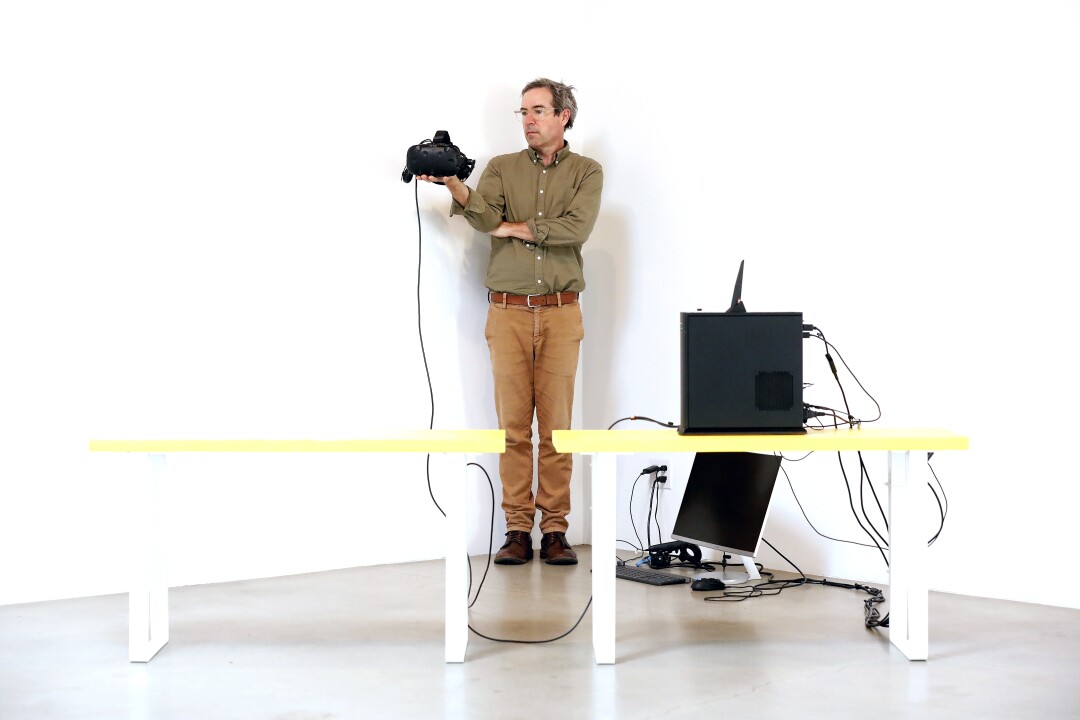
Artist Joe Sola at Honor Fraser Gallery in Los Angeles.
(Gary Coronado / Los Angeles Periods)
For the duration of the reception, VR explorers took turns interacting with the piece in the corner of the gallery, which included a overall performance art component to the place. Passersby gawked as headset-clad VR members, blind to their actual-planet surroundings, jerked their bodies all over awkwardly, groping at imaginary objects in the air.
“It’s aspect portray, aspect filmmaking, aspect sculpture, aspect collage, aspect overall performance, aspect seem, aspect animation,” Sola says of VR. “It’s the closest instrument that I’ve skilled that matches my creativeness.”

When viewers descend into Joe Sola’s virtual fact artwork, “Changing Home,” O.J. Simpson serves as their co-pilot.
(From Joe Sola and Honor Fraser gallery)
How to promote the functions, however, is still becoming finessed, Masi says. Tolch’s piece is an edition of five Sola’s, of a few. The artist and studio each and every maintain a duplicate as well. An artist’s proof from each and every edition will be donated to a museum or cultural establishment the initial collector to invest in a work from an edition will get to identify the recipient, Masi says.
“The notion is for it to be someplace the place it is superior for the artists’ work to be seen,” he says. “So museums is what we’re pushing.”
Acute Art’s Birnbaum says that the dilemma of how to edition and distribute VR work is still very much up in the air. Although compact editions may possibly be suited for some functions, his business — which hasn’t commercialized any VR art nevertheless — is targeted as an alternative on exhibition types and the “democratizing potential” of the medium.
Earlier this yr it generated a VR video by Chinese artist Ai Weiwei. The piece, addressing migration and animal legal rights, introduced on the Guardian’s YouTube channel Jan. thirty and got about one hundred,000 sights its initial day — but the work isn’t for sale.
“We have not discovered the design nevertheless to promote these functions,” Birnbaum says. “It looks it should be art for everyone and it should be distributed in huge editions, like Netflix. But it is unclear the place it will sit in the art market and in the institutional context.”
But are the functions art?
“My litmus exam,” Baker Cahill says, “is how much conceptual rigor has absent into it — why are you even using this medium, why VR and not portray or sculpture or immersive theater?”
ARS has two VR parts in the functions with L.A. artist Brian Bress and San Diego-centered Victoria Fu. Equally parts aim to investigate the medium, conceptually.

Brian Bress in his Glassell Park studio on March two. The artist is putting on a mask, gloves and costume he printed on canvas and works by using in his artwork.
(Francine Orr / Los Angeles Periods)
Bress has spent the very last 10 years creating display-centered work involving costumes, sets and his personal art-creating performances — all of which he turns into wall-mounted video installations. His VR piece will spot viewers “in a virtual art-creating space,” he says, “where they can slice and dice a canvas to create portals to other areas that have extra imagery inside of of them.”
Fu, whose work appears in the collections of LACMA and the Whitney Museum of American Artwork, says her VR piece will transportation viewers to a domestic interior and deal with consumer way of living needs when also playing with the 3-D space.
“My video installations deal with how viewers situate them selves in narrative space,” she says of past work. “This, VR, is a whole other step. It is undoubtedly international to me, an experiment.”
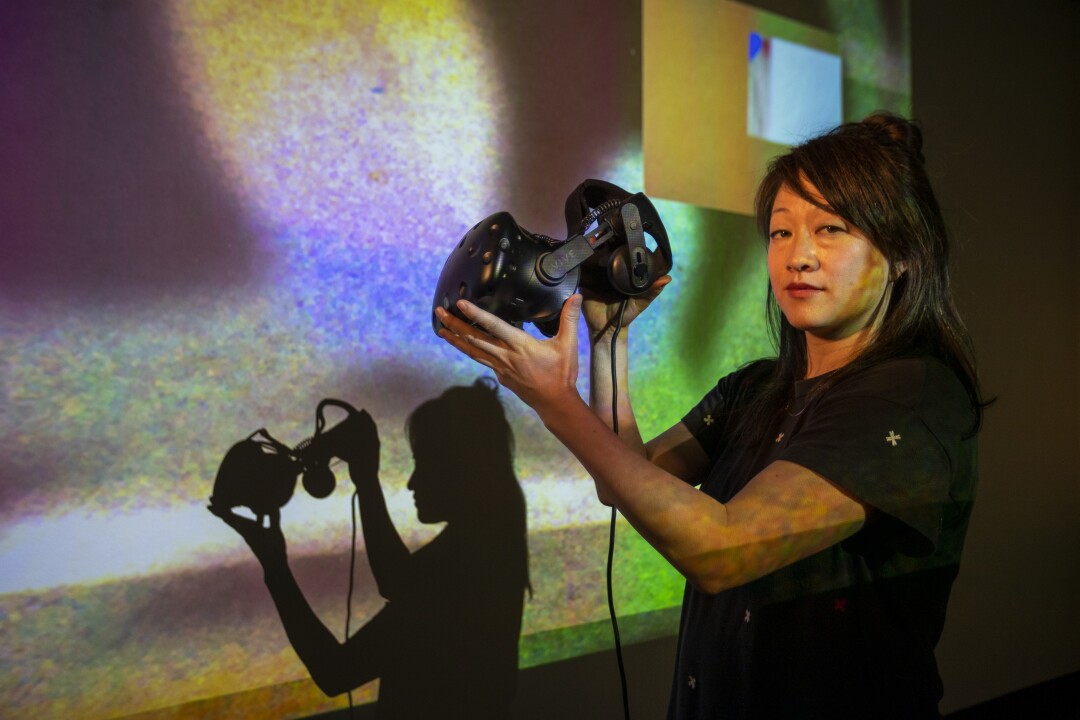
Artist Victoria Fu with an impression in progress that will consist of VR things.
(Allen J. Schaben / Los Angeles Periods)
This early gestation phase of the experiment is specially exciting, Imai says, “waiting to see what comes out.”
“Giving these tools to artists can give us a look into the potential,” he says. “Maybe it is a cautionary tale, maybe it is a wonderful planet.”





More Stories
Astrology & the Galactic Center
India Holds Good Promise For Animation Students
5 Tips for Effective Exaggeration